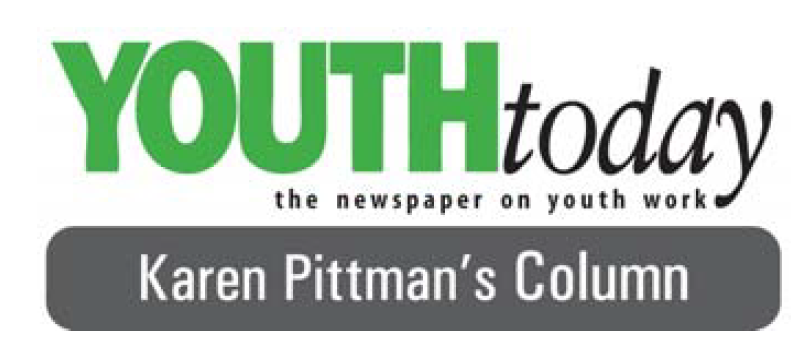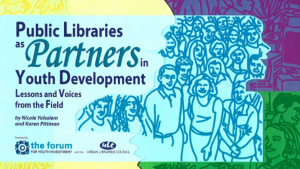
Participation. It’s a basic idea at the heart of the democratic ideal. One that we are at risk of analyzing to death. It’s not on a par with the youth violence craze, but youth participation may be the new growth industry in the field. Meetings to discuss definitions. Retreats to discuss need. Conferences to convene young people and adults to discuss practices and problems. Training for adults, youth and trainers. Is it really that hard?
Yes. But our approach is making it harder. Having not fully grappled with the whys of participation, we are obsessing on the whos, hows, whens, wheres and whats. All of these are valid and important questions. But without asking the most basic ones — why do we want youth to participate, why do they want to participate — we are at great risk of missing the boat. Or perhaps, more accurately, sinking the boat because we pack far too much luggage and not enough gear.
In this country, we have lost the basic belief that youth participation is essential to economic, community and civic development. Youth development is seen as something that is good for young people. The rationales range from “it keeps them focused and out of trouble” to “it gives them important learning experiences and makes them feel useful.” National scaling up of community service initiatives introduced the idea that young people can be useful volunteers. But we have been painfully slow in broadening the list to include the full range of roles critical to public life and embarrassingly transparent in our belief that the assignments should be interesting but could be “make work” because, after all, this is just practice.
It isn’t. Young people should be encouraged and expected to be learners, implementers, advocates, philanthropists, organizers, funders, critics, planners, leaders (including but not limited to board members). This should occur not only within the “enlightened” youth organizations in which young people participate, but also in the organizations in which young people are routinely involved (e.g., schools) and in those which they should be involved because the decisions made affect them (e.g., city planning commissions). In particular, the responsibility to participate should evidence itself in a wide range of youth-led initiatives, associations and organizations.
Preparation is needed, for both young people and adults. But we are in danger of doing to participation what we argue they (public and private funders) did to prevention — fragment to the point of inefficient redundancy.
Think of it as a donut. In prevention, violence, drugs and pregnancy are “bites” in the donut that get funded and developed separately. But these issues are really bites from the same donut. Specific services and information differ, but all emphasize basic building blocks of development — relationships, membership, norms, and expectations, skill building, meaningful participation. Treating them as independent programmatic areas has led to enormous inefficiencies.
Youth service, philanthropy, media, advocacy, entrepreneurship, leadership, citizenship may be the cutting edge programs among the enlightened. But where is the language, the framework, the network that links these? Are we creating new arenas for competition? There has been a language shift from prevention to development. But has the paradigm really changed? We are relabeling the bites in the donut, but we have not learned the key lesson: Define and fill the center first.
Young people want access to the opportunities and supports needed for them to make real differences in ways that maximize their talents and areas that reflect their convictions. Before we go overboard in the proliferation of specialized programs that promote one type of participation over another, we should pause, take a deep breath, and ask every young person what they care about, what they could do about it and what they need to make a difference. Participation is the key to development — youth, community, economic and civic. Let’s not marginalize youth participation by making it a string of elective programs.
We welcome your contributions to the topic. Please reach out to talkwithus@kpcatalysts.com if you’d like to join to the discussion.
Article was originally published in

Pittman, K. (1996, September/October). “Just Let Them Do It!.” Washington, DC: The Forum for Youth Investment. A version of this article appears in Youth Today



No comment yet, add your voice below!